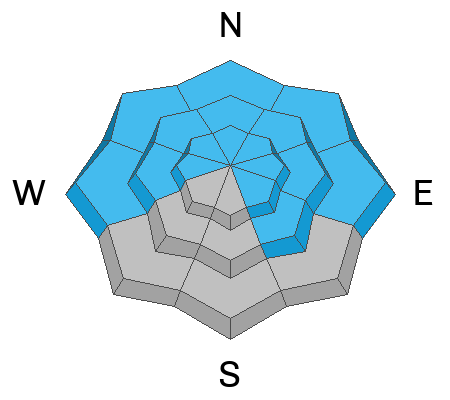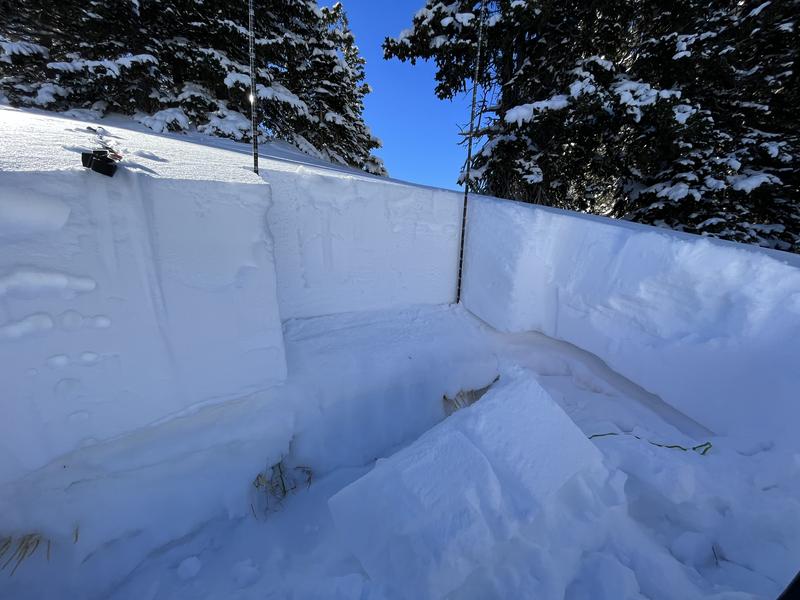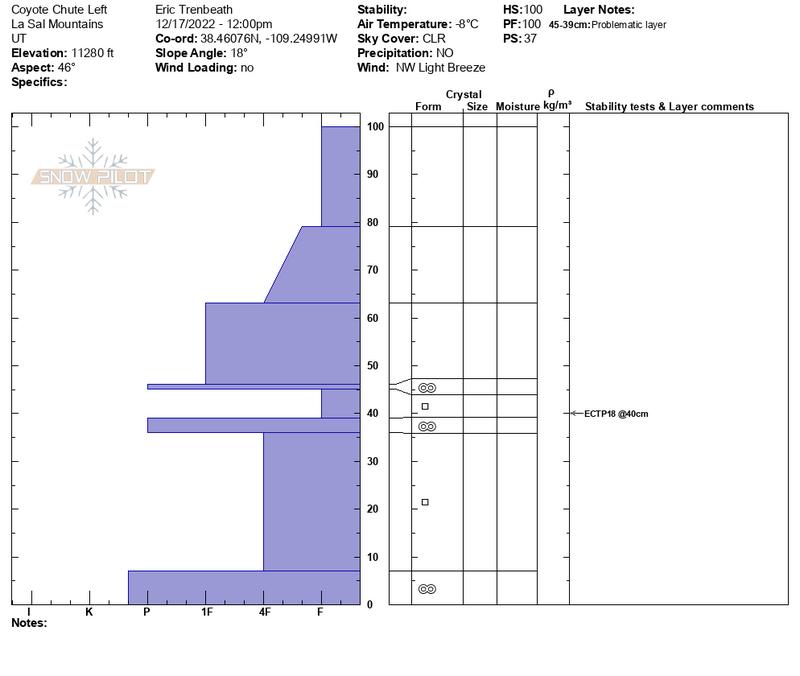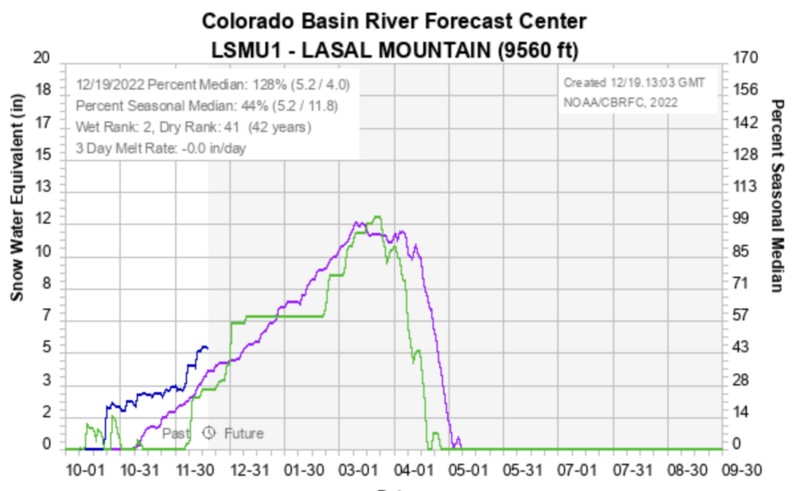Forecast for the Moab Area Mountains

Issued by Eric Trenbeath on
Monday morning, December 19, 2022
Monday morning, December 19, 2022
The avalanche danger has trended down to MODERATE but deep and dangerous, human triggered avalanches failing on a buried persistent weak layer remain possible. The danger is greatest on steep northerly aspects near treeline and above where accumulated and drifted snow has built slabs 2'-4' thick over this weak layer. Avoidance of slopes steeper than 30 degrees remains the best policy in these areas.
Moast S and SW facing terrain offers generally LOW danger.
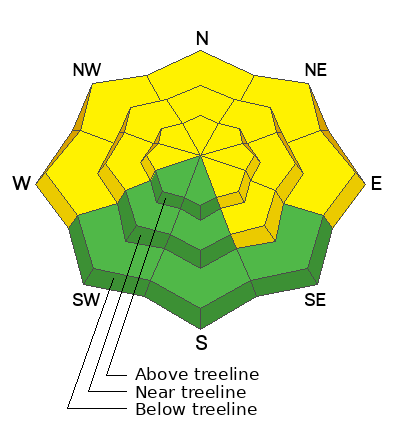
Low
Moderate
Considerable
High
Extreme
Learn how to read the forecast here


